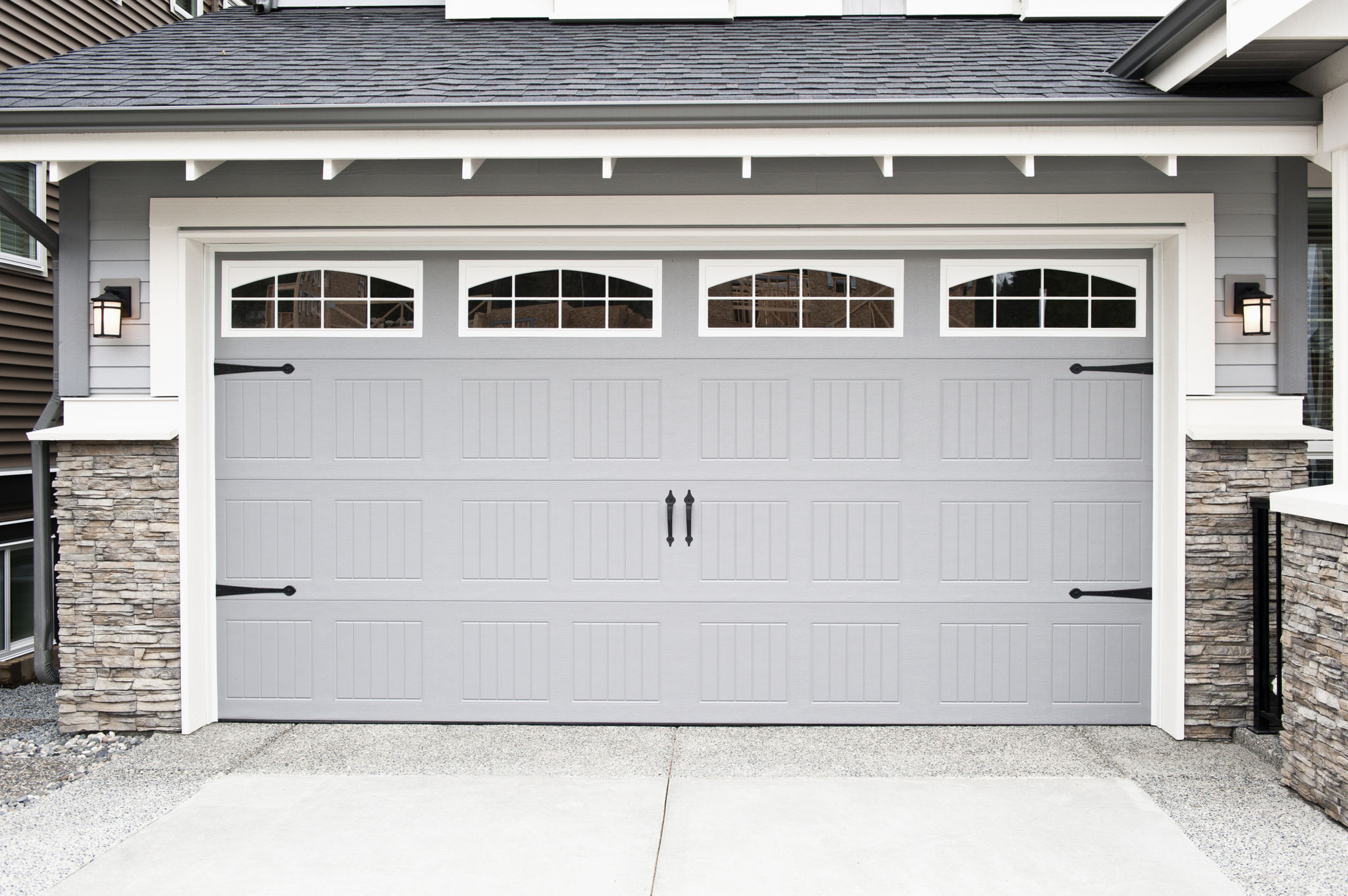

- Services
- Garage Doors
- Garage Door Maintenance
- Annual Maintenance Plan
- Broken Garage Door Spring
- Garage Door Cable Replacement
- Garage Door Opener Repair & Replacement
- Garage Door Roller and Track Repair
- Off-Track Garage Door
- Garage Door Weather Stripping Installation
- Garage Door Sensor Repair
- Garage Door Panel Replacements
- Garage Door Maintenance & Safety Inspections
- Garage Door Spring Tension Adjustment
- Garage Door Keypad Installation
- Garage Door Remote Programming
- Frequently Asked Questions
- About
- Contact
- Blog
The Impact of Local Weather on Your Garage Door: Protection Strategies
The Importance of Weather Considerations for Your Garage Door
Your garage door is more than just an entryway for your vehicle; it serves as a protective barrier for your home. However, local weather conditions can significantly impact its functionality and longevity. Understanding how different weather patterns affect your garage door can help you implement effective protection strategies.
In regions with extreme weather conditions, such as heavy rain, snow, or intense heat, the materials and mechanisms of your garage door can be put to the test. Ensuring your garage door is suited to withstand these elements is crucial for maintaining its durability and performance.

Protecting Against Rain and Humidity
Excessive moisture from rain and humidity can lead to rust and corrosion of garage door components, especially if they are made of metal. To mitigate this, consider installing a door made of rust-resistant materials, like aluminum or fiberglass. Additionally, regular maintenance, such as lubricating moving parts and sealing gaps, can prevent moisture from causing damage.
For areas prone to high humidity, investing in a dehumidifier for your garage can also be beneficial. This will help maintain a dry environment and reduce the risk of mold and mildew growth, which can compromise the structural integrity of your garage door.

Dealing with Snow and Ice
In colder climates, snow and ice are common adversaries for garage doors. The buildup of snow can obstruct the door's path, while ice can freeze moving parts, leading to mechanical failures. Clearing snow regularly from around the garage door and applying a silicone-based lubricant to the tracks can help prevent these issues.
Additionally, using a weather sealant at the bottom of the door can prevent snow and ice from seeping into the garage. This not only protects the door but also helps maintain a comfortable temperature inside your garage during winter months.

Guarding Against Heat and Sun
In hot climates, the sun's powerful rays can cause garage doors to warp or fade over time. Installing a garage door with UV-resistant finishes or coatings can help protect against this damage. Moreover, choosing lighter colors for your garage door can reflect sunlight and reduce heat absorption.
For added protection, consider installing insulation inside your garage door. Not only does this help in regulating temperature but also enhances energy efficiency by reducing the need for excessive air conditioning during hot months.
Regular Maintenance: A Universal Strategy
No matter the climate, regular maintenance is key to prolonging the life of your garage door. This includes checking the balance of the door, tightening hardware, inspecting rollers and cables, and replacing worn-out weatherstripping. Regular inspections can help catch potential problems before they become major issues.
By understanding the specific challenges posed by your local weather and taking proactive measures, you can ensure that your garage door remains in optimal condition year-round. This not only enhances the safety and security of your home but also maintains the aesthetic appeal of your property.